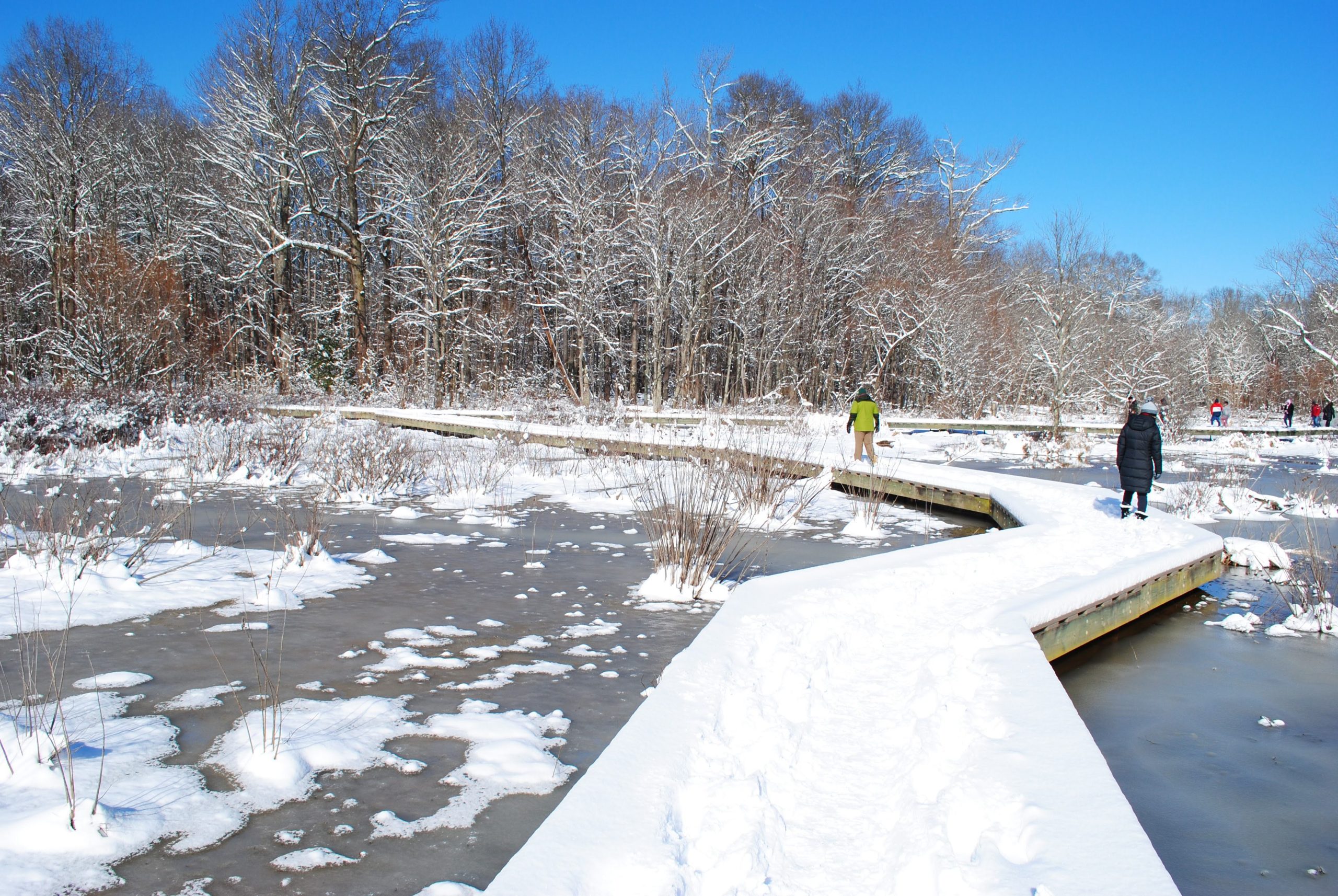A Photographic Love Letter to Huntley Meadows Park
It’s an homage to the sprawling wetlands’ inhabitants in all their seasonal glory

Alexandria, VA – Slowly but surely, Rodney Fisher fell in love with Huntley Meadows Park. Hailing from generously forested Massachusetts, Fisher has lived all over the United States, from the Mojave Desert to the shores of Florida, central Pennsylvania, and the deep south.
His appreciation for the natural world was honed in the California Redwood forests. “They mesmerized me,” said Fisher. “The sun cutting through early morning fog in Muir Woods, the sweet scent of the trees, everything enormous in scale yet so quiet and tranquil, was deeply moving.”


After moving to Alexandria some years ago, Fisher discovered Huntley Meadows Park and felt a similar attraction. “I was amazed at how large, yet secluded, the wetlands were. My wife and I walked the park many times, and the more we experienced it, the more we enjoyed its personality, resident animals, and transitions each season.”
Fisher wanted to learn more about the park and searched for pictorial books but could not find any. Well, he thought, why not create his own? He wanted to showcase, through photography, the change of seasons in the park as well as the resident wildlife. He looked to Ansel Adams, one of his favorite photographers, for inspiration. “There is a simplicity, purity, and focus to his work,” said Fisher.

He trained his eye on capturing as many animals as he could find in all the seasonal landscapes. His goal was for readers “to enjoy what would be a normal year of life in Huntley Meadows,” he said. He spent hours during morning, midday, and evening on both sides of the park. “By December 2019, I had taken 8,100 photos. It was great fun going through them, choosing some, and then finding something better and more appropriate.”

Fisher whittled his photography stockpile down to 69 selections for his self-published book, Huntley Meadows, A Natural Treasure, which also includes a general history of Huntley Meadows and celebrates the unique beauty of these forested wetlands. The book is available for purchase from the BookBaby Bookshop (www.bookbaby.com/); Fisher will donate a portion of BookBaby sales to Huntley Meadows Park. The book is also available at major booksellers, including Amazon, Barnes & Noble, Books A Million, Target, Walmart, and others.
ICYMI: Be a Snow Buddy




